Paddington Square transforms its patch of central London with its 'elevated cube'
Paddington Square by Renzo Piano Building Workshop has been completed, elevating a busy London site through sustainability, modern workspace and a plaza
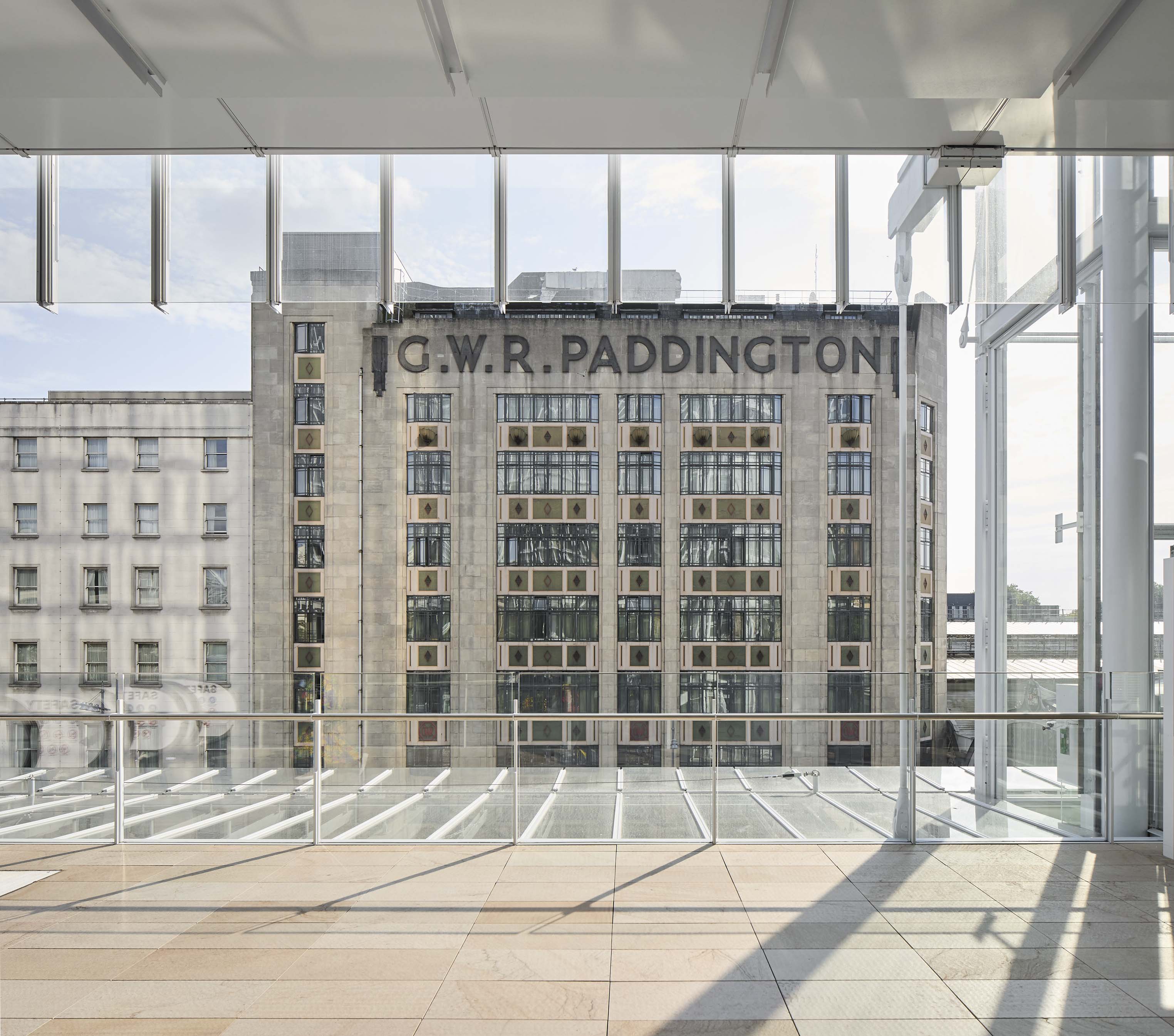
Paddington Square was always going to be a tricky project. Located next to a busy central London station – one coming with its own complexities, somewhat hidden from Praed Street's thoroughfare – over a network of tube lines below and at the crossroads between the city, train tracks and the Paddington basin canal system behind it, this was a dense urban site with considerable challenges. Its architects at Renzo Piano Building Workshop note that with its 2024 completion and official opening of some of its final areas slated for 2025, it took a full ten years for their design to become reality – but it was a task they revelled in.
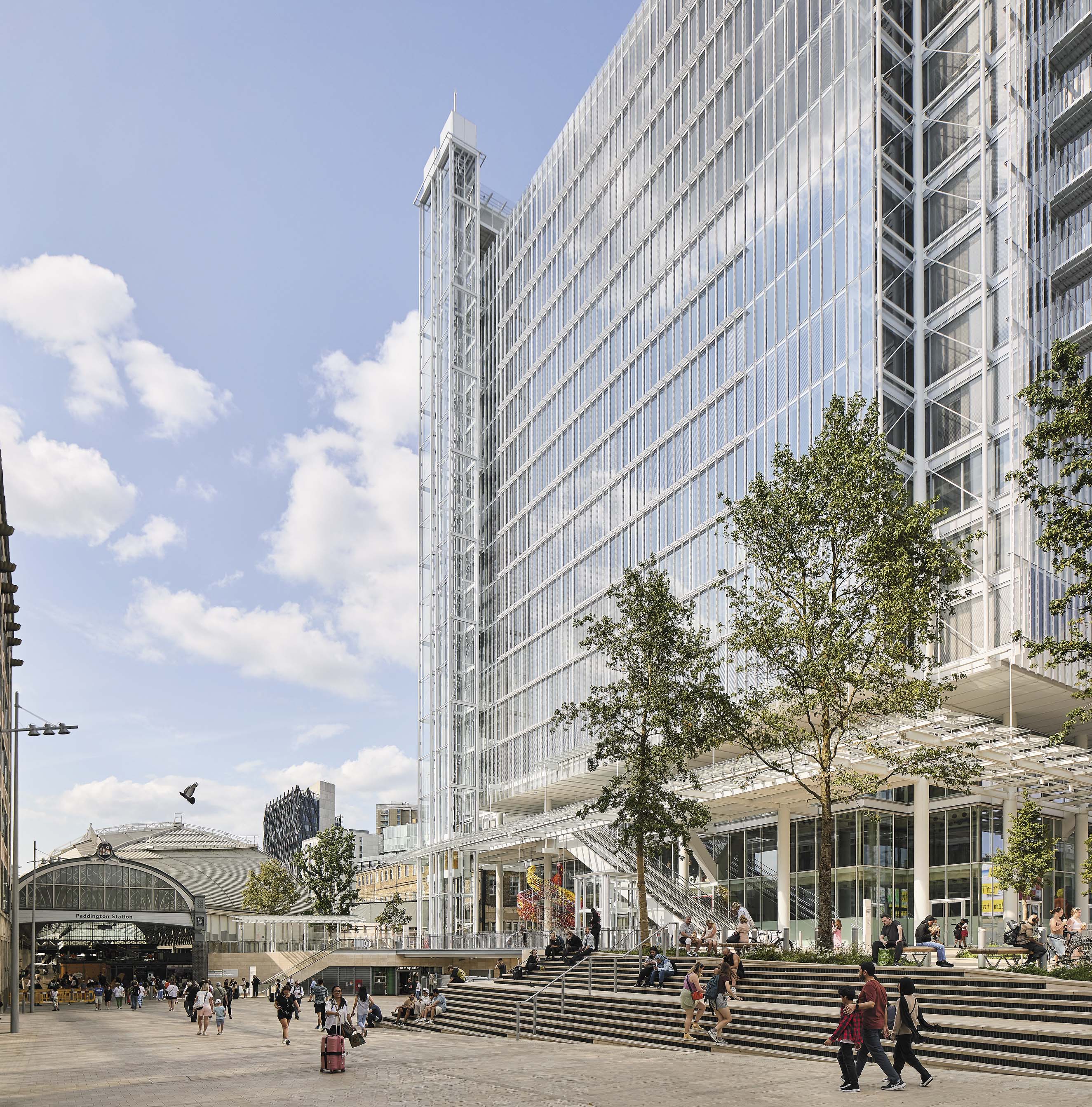
Paddington Square: the story
Paddington Square's story, in fact, began as part of the residential realm, when in 2015 Renzo Piano Building Workshop proposed a rounded high-rise mixed-use containing some 200 homes alongside office and retail space. The design and proposal evolved over the following years and eventually crystallised in its current incarnation - a transparent, cube-shaped, mixed-use building, containing office, food and beverage offerings, retail and a public square, as well as a new Bakerloo Line entrance and ticket hall.
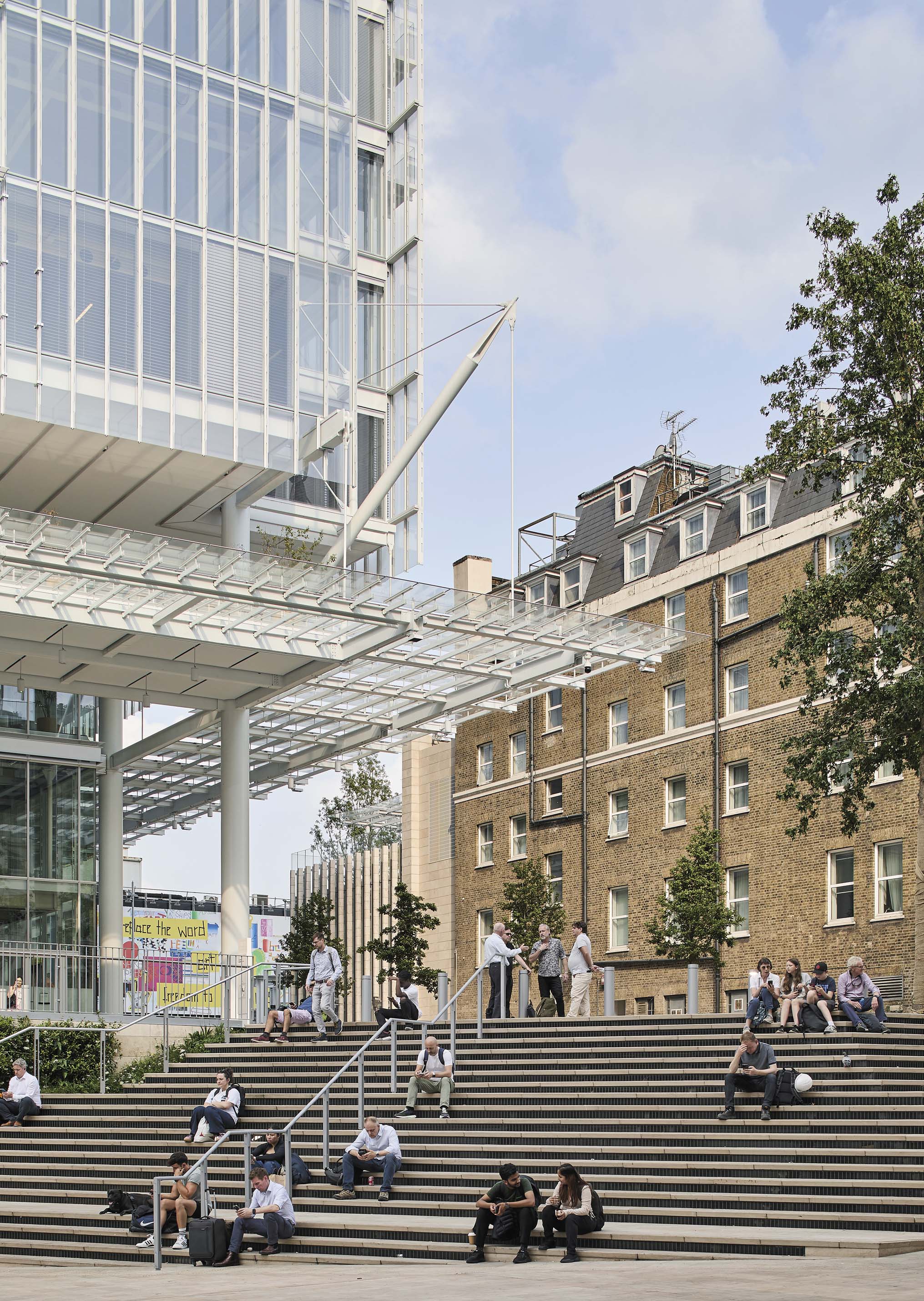
Architect Joost Moolhuijzen who has been responsible for the famed studio's London output since about 2000 and was the partner in charge of the project stresses how proud he is of the result and the level of architectural mastery the studio had to employ in order to craft not 'just the looks, but also the permeability and accessibility of the public realm on the site.'
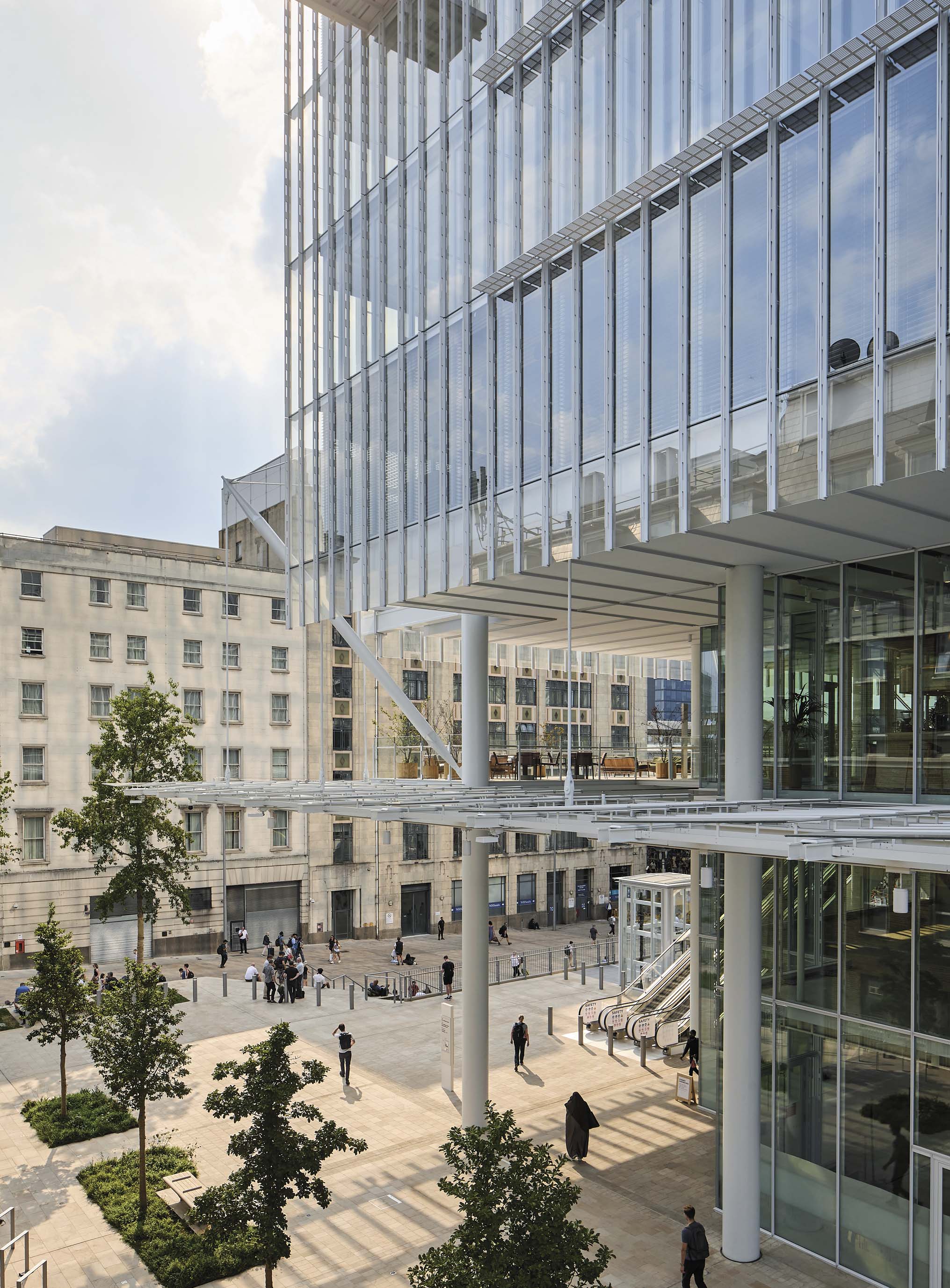
Paddington Square: the design
The architects moved an existing street to reveal direct access to the station, effectively creating a more visible, new gateway towards the platforms for the public. At the same time, this opening allowed for a public plaza to unfold, at the same time negotiating several level changes and the routes to the different functions on it. Make no mistake, this is a very hard-working bit of open space, offering entrances to the train hub, the underground, the retail and its offices above, as well as offering a bit of green respite and an al fresco lunch spot in this corner of the capital.
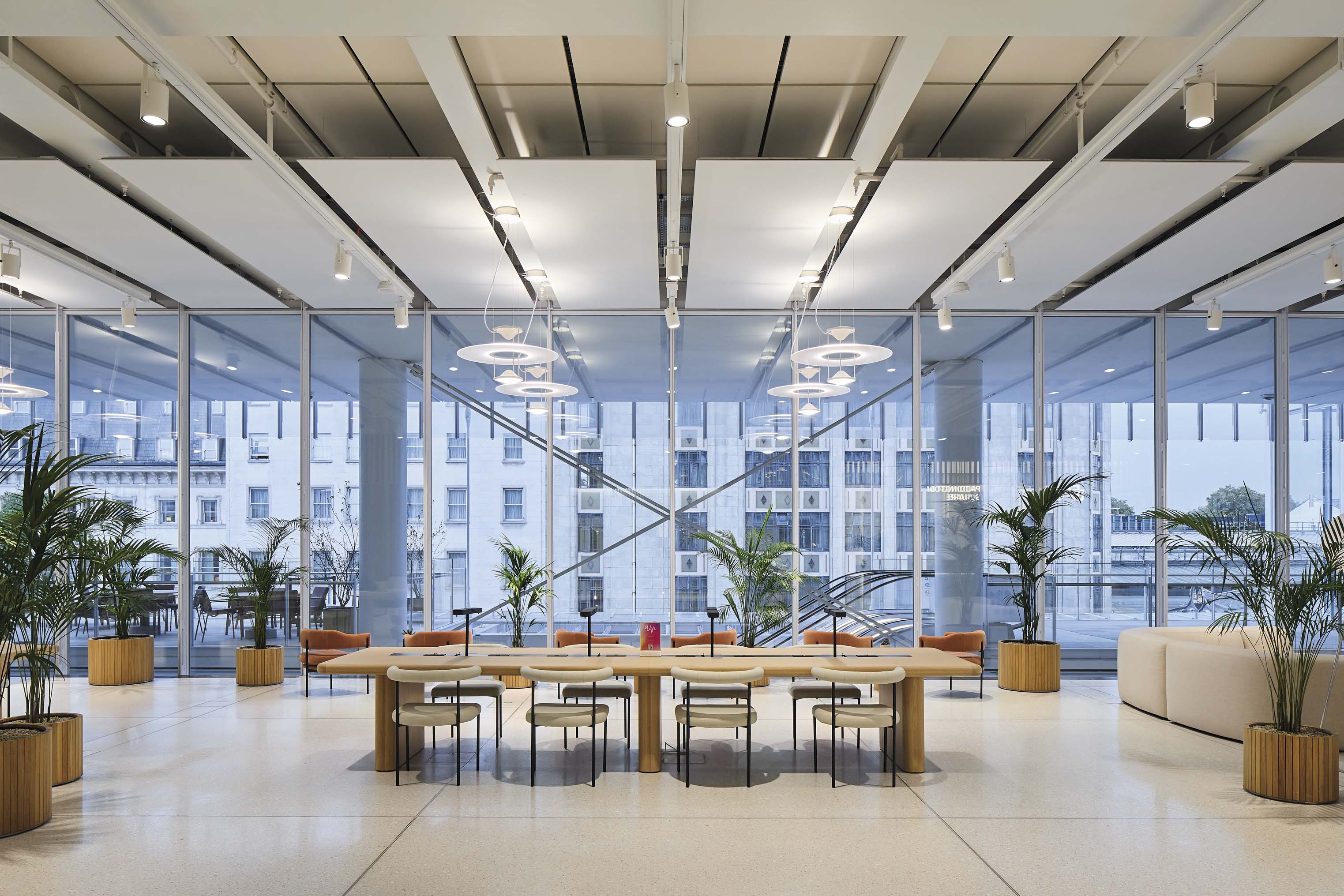
Meanwhile, elevated high above the ground – to allow for the complexity of functions and routes below to breathe, but also to clearly define its own identity – a 55x55m elevated glass cube marks the project's main visual presence. Its transparency offers an ethereal quality to what could have been a dense urban site. Its elegant fins, however, are not an architectural flight of fancy but rather form part of its rigorous sustainable architecture strategy, contributing to the passive cooling system while filtering natural light throughout the day.
On top of this, Paddington Square's transparent nature allows a glimpse through it from within and outside too, opening previously unseen vistas of surrounding period buildings and fostering a dialogue between old and new in the neighbourhood.
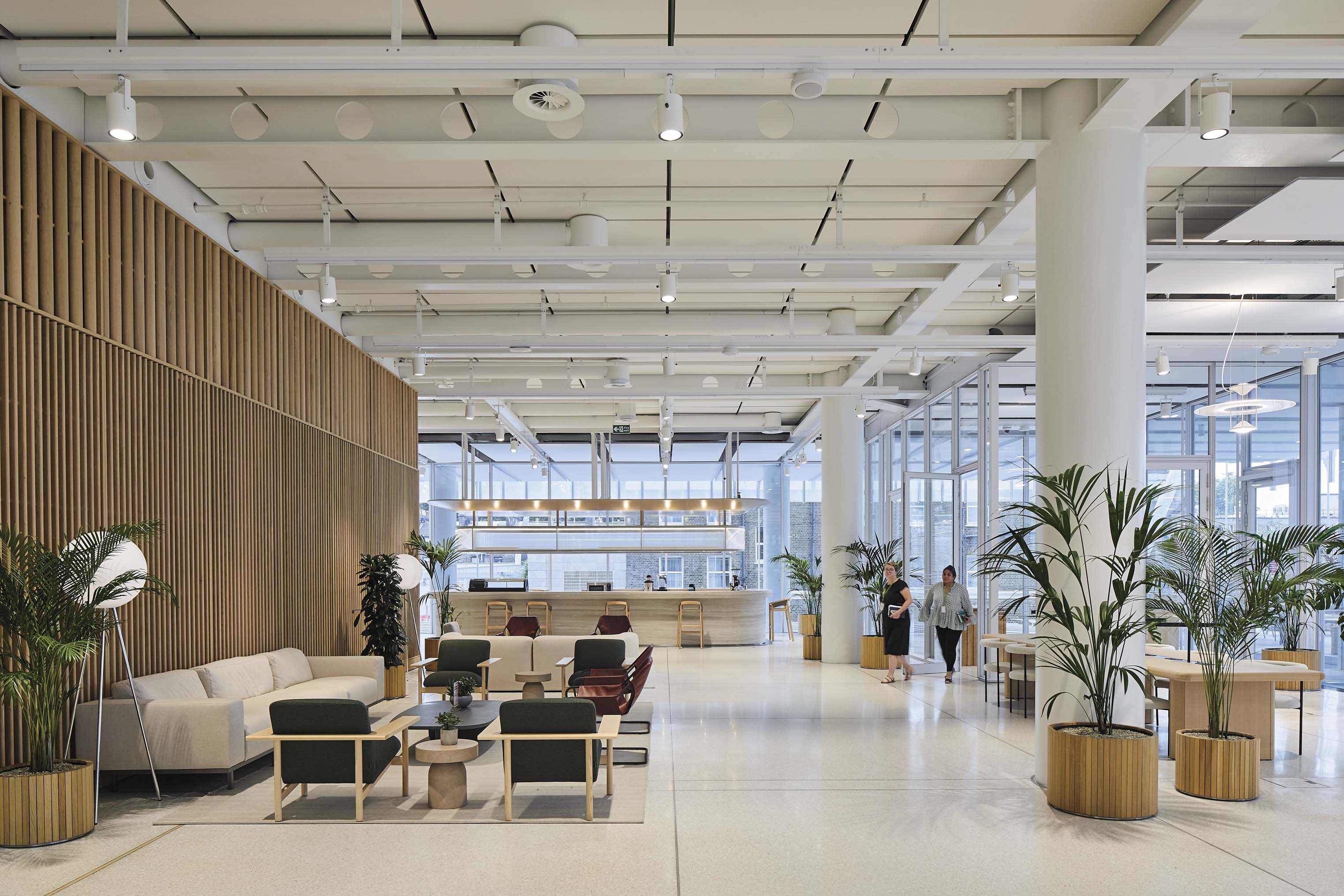
Moolhuijzen states: 'Paddington Square exemplifies how a private commercial project can dramatically transform a public space in London. By moving London Street, we have created a new, more open and inviting public entrance to Brunel’s Paddington Station. Our aim was to evoke the same emotion from both the station and square, despite the centuries that separate them. The station’s roof arches and façades, filled with light and intricate detail, share a cohesive design language with the modern architecture of Paddington Square.'
Receive our daily digest of inspiration, escapism and design stories from around the world direct to your inbox.

There's more to come. While the office levels are partly occupied and retail is slowly opening its doors below, a rooftop bar and restaurant, set to launch in 2025 on the 17th and 18th floors (and including a viewing terrace open to the wider public), promise unrivalled vistas across London. Watch this space.
Ellie Stathaki is the Architecture & Environment Director at Wallpaper*. She trained as an architect at the Aristotle University of Thessaloniki in Greece and studied architectural history at the Bartlett in London. Now an established journalist, she has been a member of the Wallpaper* team since 2006, visiting buildings across the globe and interviewing leading architects such as Tadao Ando and Rem Koolhaas. Ellie has also taken part in judging panels, moderated events, curated shows and contributed in books, such as The Contemporary House (Thames & Hudson, 2018), Glenn Sestig Architecture Diary (2020) and House London (2022).
-
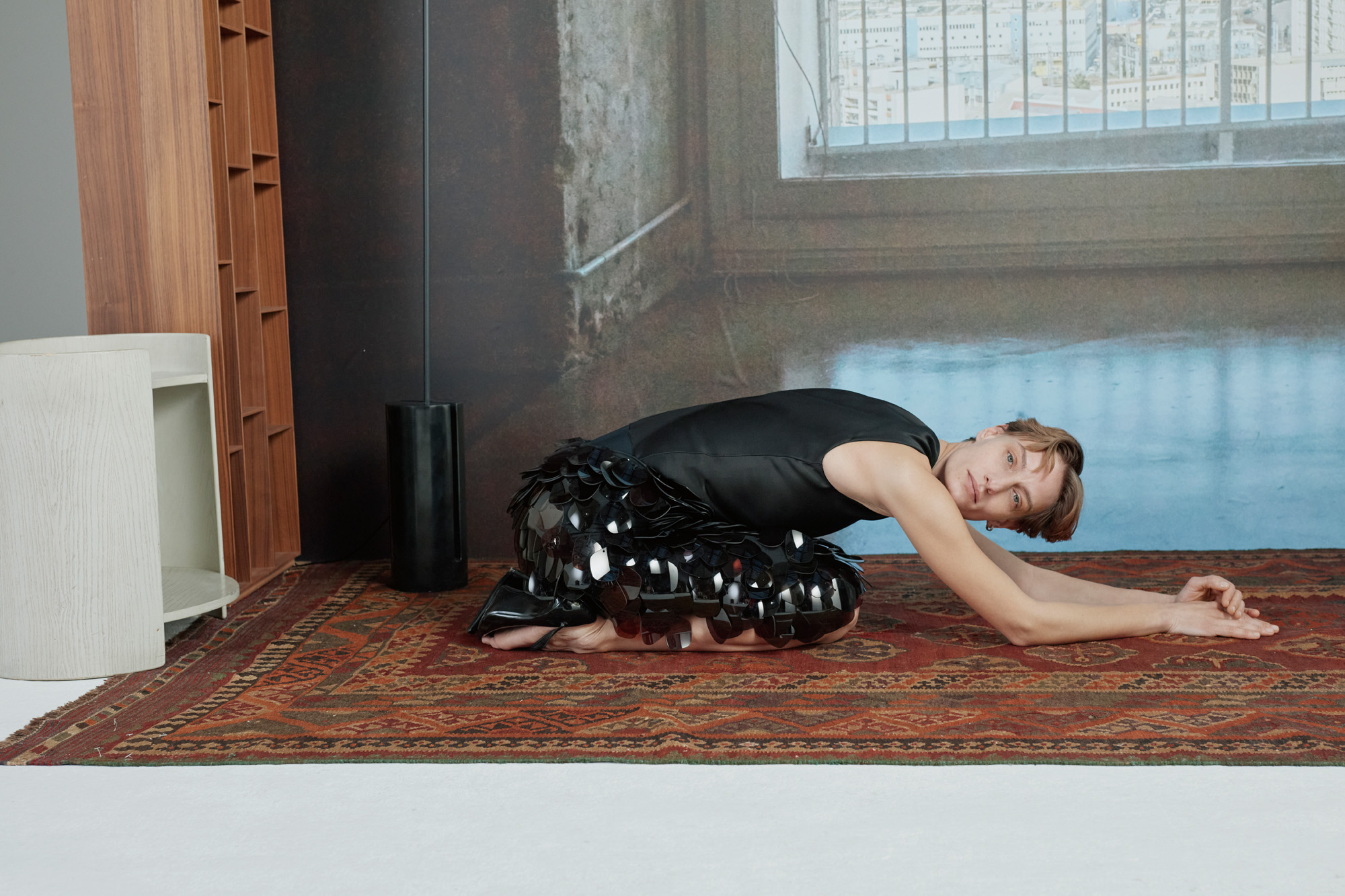 What one writer learnt in 2025 through exploring the ‘intimate, familiar’ wardrobes of ten friends
What one writer learnt in 2025 through exploring the ‘intimate, familiar’ wardrobes of ten friendsInspired by artist Sophie Calle, Colleen Kelsey’s ‘Wearing It Out’ sees the writer ask ten friends to tell the stories behind their most precious garments – from a wedding dress ordered on a whim to a pair of Prada Mary Janes
-
 Year in review: 2025’s top ten cars chosen by transport editor Jonathan Bell
Year in review: 2025’s top ten cars chosen by transport editor Jonathan BellWhat were our chosen conveyances in 2025? These ten cars impressed, either through their look and feel, style, sophistication or all-round practicality
-
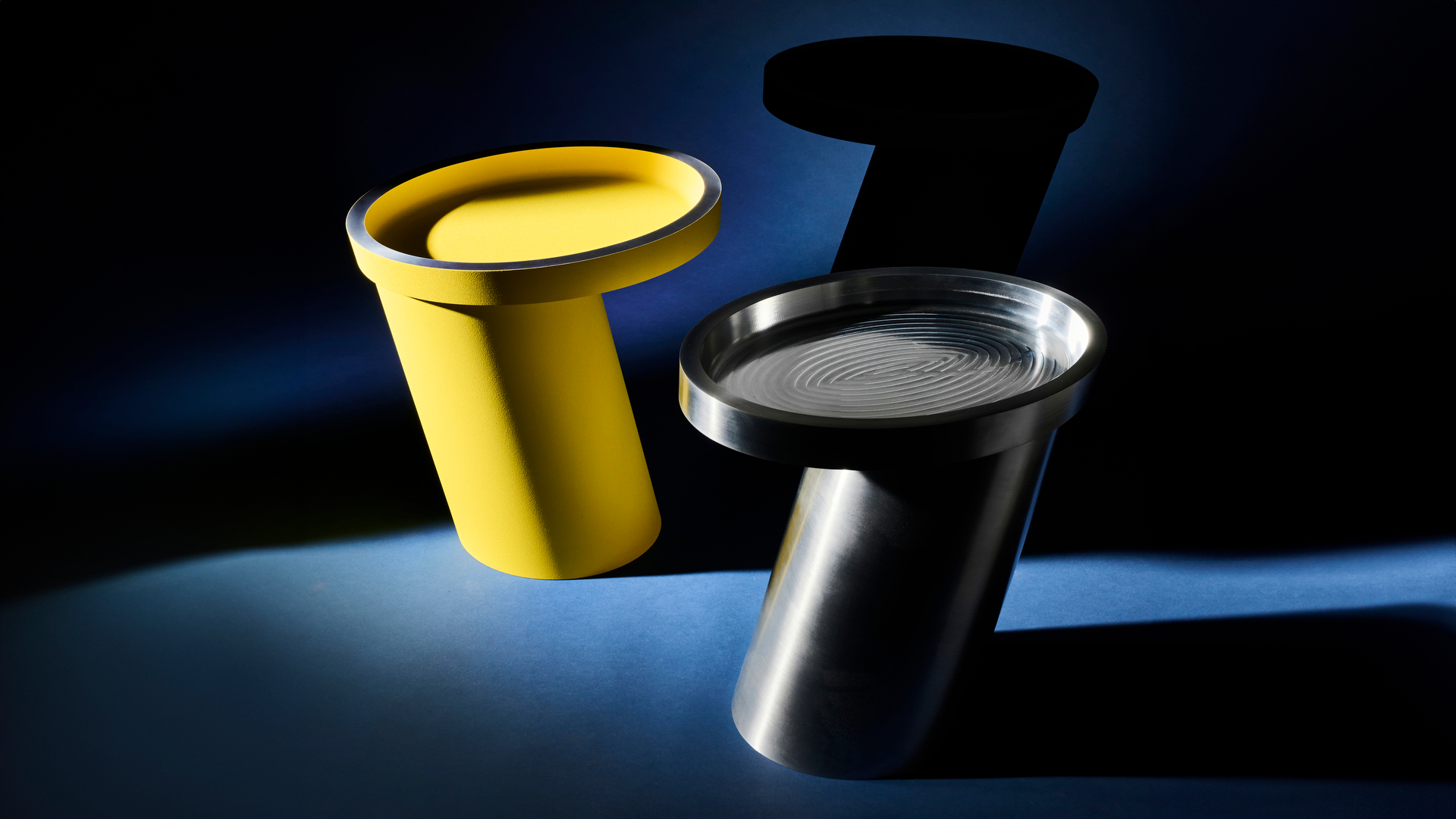 Eddie Olin's furniture that merges heavy metal with a side of playfulness
Eddie Olin's furniture that merges heavy metal with a side of playfulnessWallpaper* Future Icons: London-based designer and fabricator Eddie Olin's work celebrates the aesthetic value of engineering processes
-
 Arbour House is a north London home that lies low but punches high
Arbour House is a north London home that lies low but punches highArbour House by Andrei Saltykov is a low-lying Crouch End home with a striking roof structure that sets it apart
-
 A former agricultural building is transformed into a minimal rural home by Bindloss Dawes
A former agricultural building is transformed into a minimal rural home by Bindloss DawesZero-carbon design meets adaptive re-use in the Tractor Shed, a stripped-back house in a country village by Somerset architects Bindloss Dawes
-
 RIBA House of the Year 2025 is a ‘rare mixture of sensitivity and boldness’
RIBA House of the Year 2025 is a ‘rare mixture of sensitivity and boldness’Topping the list of seven shortlisted homes, Izat Arundell’s Hebridean self-build – named Caochan na Creige – is announced as the RIBA House of the Year 2025
-
 In addition to brutalist buildings, Alison Smithson designed some of the most creative Christmas cards we've seen
In addition to brutalist buildings, Alison Smithson designed some of the most creative Christmas cards we've seenThe architect’s collection of season’s greetings is on show at the Roca London Gallery, just in time for the holidays
-
 In South Wales, a remote coastal farmhouse flaunts its modern revamp, primed for hosting
In South Wales, a remote coastal farmhouse flaunts its modern revamp, primed for hostingA farmhouse perched on the Gower Peninsula, Delfyd Farm reveals its ground-floor refresh by architecture studio Rural Office, which created a cosy home with breathtaking views
-
 A revived public space in Aberdeen is named Scotland’s building of the year
A revived public space in Aberdeen is named Scotland’s building of the yearAberdeen's Union Terrace Gardens by Stallan-Brand Architecture + Design and LDA Design wins the 2025 Andrew Doolan Best Building in Scotland Award
-
 The Architecture Edit: Wallpaper’s houses of the month
The Architecture Edit: Wallpaper’s houses of the monthFrom wineries-turned-music studios to fire-resistant holiday homes, these are the properties that have most impressed the Wallpaper* editors this month
-
 A refreshed 1950s apartment in East London allows for moments of discovery
A refreshed 1950s apartment in East London allows for moments of discoveryWith this 1950s apartment redesign, London-based architects Studio Naama wanted to create a residence which reflects the fun and individual nature of the clients